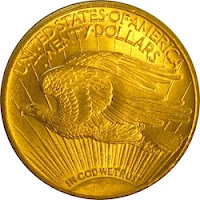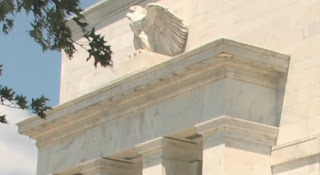The euro touched its highest level against the greenback in almost eight months as political wrangling threatened to curb U.S. growth. Lawmakers still need to agree on raising the U.S. debt limit to avoid a default after Oct. 17. The yen rose as Japanese Prime Minister Shinzo Abe proceeded with a sales-tax increase and stimulus measures. Sweden’s krona jumped as a report showed manufacturing expanded faster than economists predicted.
“The dollar is trading with a very slight or mildly weaker bias,” Nick Bennenbroek, the head of currency strategy at Wells Fargo Securities in New York, said in a phone interview. “The market is in a bit of wait-and-see mode. The recent experience in terms of political battles, shall we say, has been that the impact on markets has been limited.”
…“The market is anticipating that a shutdown means the Fed will also maintain its easy policy stance for longer because of the risks to the U.S. economy,” said Greg Gibbs, a senior currency strategist at Royal Bank of Scotland Group Plc in Singapore. “We are seeing some strength in the European currencies and a bit of weakness in the U.S. dollar.”










